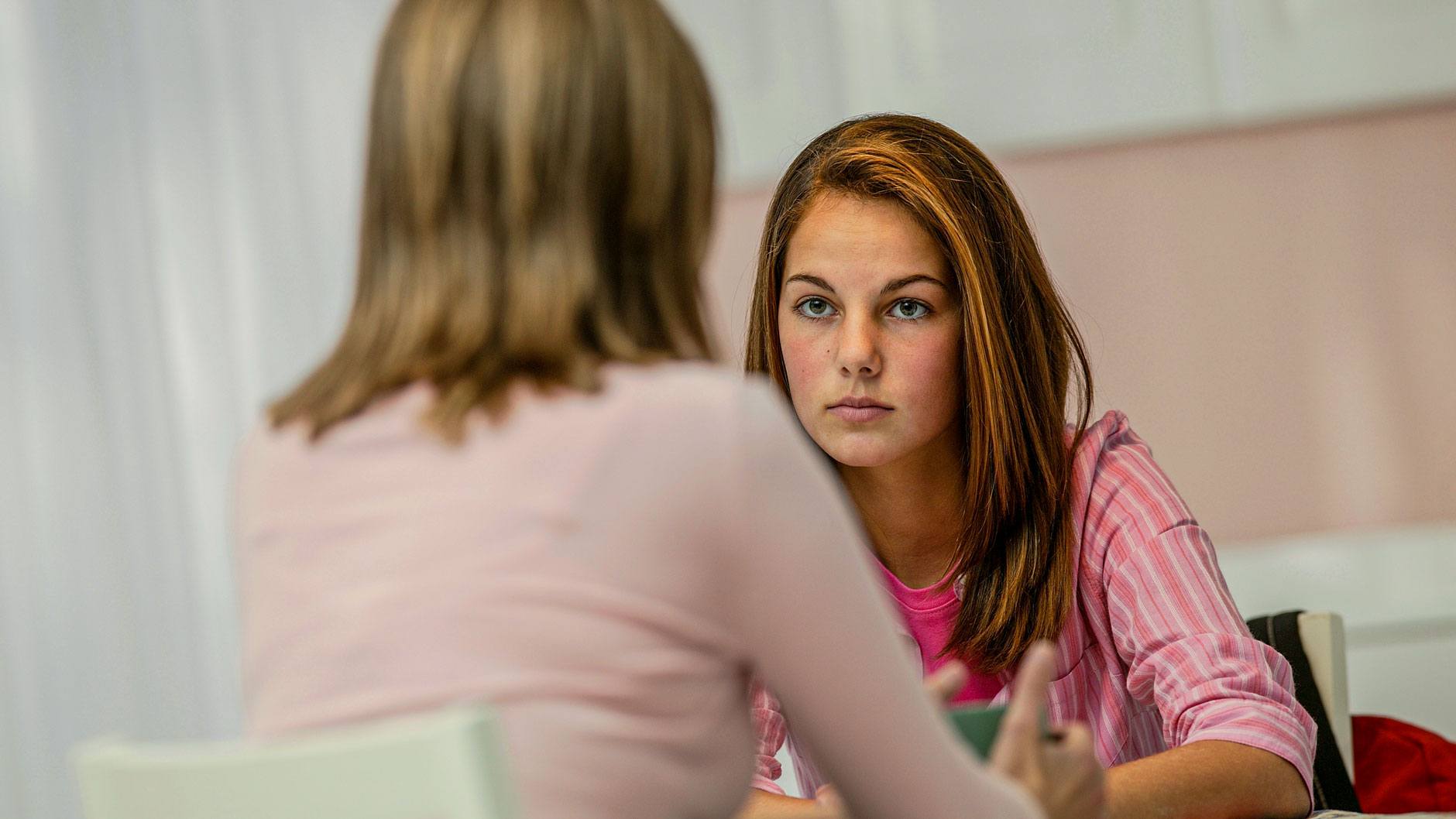What is anxiety?
Anxiety is part of our survival instinct. But some people, including children, can react more quickly or intensely to situations they find threatening. They may find it harder to get these anxious feelings under control. Fearful and anxious behaviour is very common in children, especially as they face new situations and experiences. Most children learn to cope with these worries and fears. Others may need extra support, particularly if their anxiety stops them from participating in school activities or impacts them socially.
There is a growing understanding that anxiety in young people is a problem.
A report by Mission Australia and the Black Dog Institute estimates one-in-four young people are at risk of a mental health issue, while the Queensland Education Department suggests the figure is around one-in-seven. Either way, it’s clear that anxiety among school children is growing. Many factors are at play, including the relentless exposure to social media, personal issues, and pressure on students to perform.
What does school anxiety look like?
Children and young people experiencing anxiety can feel both physical and emotional symptoms.
Your child may:
- seek reassurance often and worry about doing things ‘right’
- avoid situations they feel worried or scared about
- tell you they have stomach pains or headaches
- experience a racing heartbeat or rapid breathing
- dislike taking risks or trying new things
- have lots of fears and worries
- get upset or teary easily
- ask for help with things they can do for themselves
What are some common types of school anxiety?
Social anxiety
Psychotherapist and former teacher, Shonah Tomkins, has worked with many children experiencing school anxiety. In her experience, children worry the most about fitting in socially, being bullied and others’ judgement of them. This is especially common amongst teenagers.
Performance anxiety
A 2018 report from the Australian Council for Educational Research (ACER) found that 65 per cent of Australian students worry they will get poor results at school. Females reported higher anxiety relating to school work than their male counterparts. Children may place these expectations on themselves, or they may come from external sources, such as parents, peers or teachers.
Trouble at home
Tomkins says many children also experience trauma or stress on the home front, such as being aware of family financial worries or having parents who regularly fight.
Other types of anxiety disorders your child may experience include generalised anxiety (worrying about everything), separation anxiety or specific phobias.
How can anxiety impact learning?
Children and young people cannot learn effectively when they are highly anxious, so the educational implications are huge. Cognitive abilities are affected, such as paying attention, processing information and retrieving information. It’s no wonder then that children and young people with anxiety may become easily frustrated and angry. They may choose to avoid school, fearing embarrassment, humiliation or failure. Being absent and falling behind in school work often creates a cycle of fear of failure, increased anxiety, avoidance and more absences.
How can I best support my child through school anxiety?
Based on the work of Tomkins, there are a number of strategies parents of anxiety sufferers can use, including:
- Limit social media use, rather than implementing a blanket ban. To stay connected socially, your teenager will want to be on Snapchat, Instagram and the like. But you can place parameters around this to help them switch off and take a mental break.
- Apps like Smiling Mind can be great when your child feels stressed. The app has short mindfulness meditations suitable for primary and secondary aged children.
- Be encouraging and open in conversations with your child. Don’t pressure your child to talk, but be open when they initiate it and give your full attention.
- Listen without judgement. This can be so hard, as parents often have a strong emotional response. Try as much as possible to be objective and neutral to encourage your child to continue to share with you.
- If your child doesn’t want to talk to you, encourage them to engage with the student wellbeing team at their school, or another trusted adult. You may also choose to consult with a mental health professional such as a child psychologist.
- Encourage your child to access helplines, or call one yourself for some objective advice on the situation.
- Support your child to find an outlet – an afternoon or evening when the focus shifts to something different, like an art class or a sports session, rather than schoolwork.
- Understand that education is not one-size-fits-all. Encourage children to follow what is in their hearts and what they are passionate about.
- Source additional education support such as a private tutor to help alleviate the stresses associated with education pressure and performance.
Further anxiety support
There are many organisations you can access who support children with anxiety and their families.
- ReachOut is Australia’s leading online mental health organisation for young people, and their parents.
- Beyondblue provides resources for anxiety sufferers in both primary and secondary school.
- Headspace is the national youth mental health foundation working to improve the wellbeing of young Australians.
If anxiety is getting in the way of your child enjoying school and life, it may be time to seek support. Getting help early is the best way to help your child get their anxiety under control and their learning back on track.
